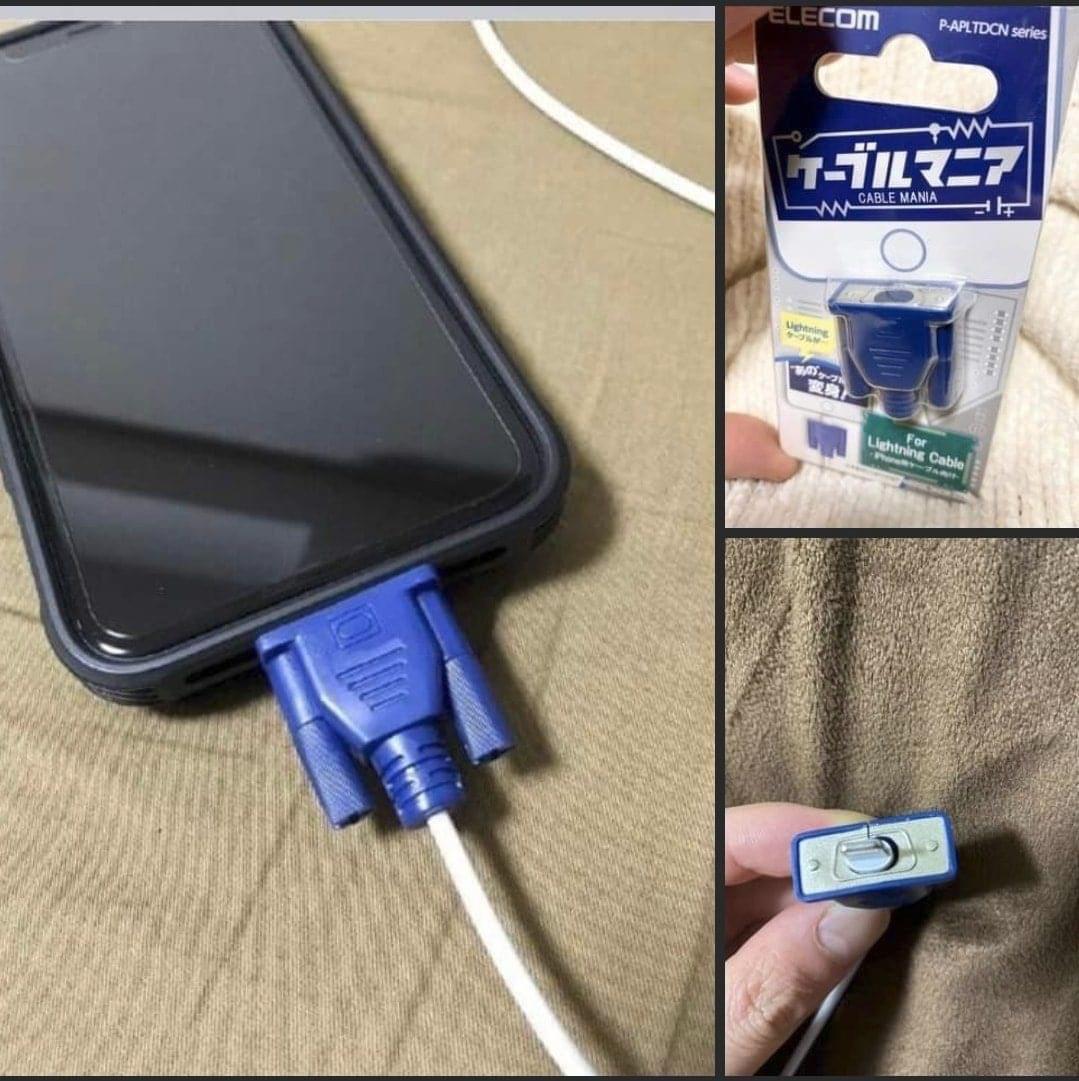GPT 4o Release Date : GPT-4o, OpenAIs newest AI Model
GPT 4o Release Date : GPT-4o, OpenAIs newest AI Model
With GPT-4o, free users will have access to GPT-4-level intelligence on top of a quicker and more efficient ChatGPT, which is a huge improvement.
There will be a gradual rollout of GPT-4o. Some features on ChatGPT, like the ability to upload images and text, are currently available to free users. Gradually, developers and chosen partners will have access to audio and video functions. This will ensure that each modality (voice, text-to-speech, vision) passes all safety standards before general deployment.
GPT-4 is OpenAI’s most advanced system, producing safer and more useful responses
GPT-4o, OpenAI’s newest large language model (LLM), was unveiled on Monday (May 13). The company claims it is their most powerful and fastest AI model to date. According to the business, ChatGPT will be both smarter and easier to use with the new model.
Up until now, only paid customers had access to OpenAI’s most advanced LLM, the GPT-4. Having said that, the GPT-4o will be offered for free.
About GPT-4o
A groundbreaking artificial intelligence model, GPT-4o (“o” stands for “Omni” here) aims to improve interactions between humans and computers. You can input text, audio, or images, and it will return results in the same formats. As a result, GPT-4o departs significantly from its predecessors by becoming a multimodal AI model.
According to OpenAI CTO Mira Murati, who described the new model, this was the first time the company has made such a significant improvement in terms of usability.
From what we can tell from the live demos, GPT-4o is essentially ChatGPT with the capabilities of a digital personal assistant. This new model is light years ahead of its competitors in every category, including real-time translations, face recognition, and conversational AI.
Users can upload screenshots, photographs, documents, or charts, and GPT-4o can examine them and engage in conversations about them using both text and vision. According to OpenAI, the upcoming version of ChatGPT will not only learn from user talks but will also have improved memory capacities.
GPT-4o’s limitations
The GPT-4o does have several limitations, despite claims that it is the most advanced type. According to OpenAI’s official blog, GPT-4o is limited in its initial access to capabilities like audio outputs and preset voices because it is still in the early phases of investigating the possibilities of unified multimodal interaction.
To fully fulfil its potential in effortlessly performing complicated multimodal jobs, the business claimed that further development and updates are necessary.
“Filtered training data, and refined model behaviour post training” are two of the built-in safety precautions that GPT-4o has, according to OpenAI. Cybersecurity, disinformation, and bias were the purported areas of emphasis in the new model’s rigorous external safety checks, according to the business.
Capabilities
In a casual conversation, the distinction between GPT-3.5 and GPT-4 can be subtle. The difference comes out when the complexity of the task reaches a sufficient threshold—GPT-4 is more reliable, creative, and able to handle much more nuanced instructions than GPT-3.5.
To understand the difference between the two models, we tested on a variety of benchmarks, including simulating exams that were originally designed for humans. We proceeded by using the most recent publicly-available tests (in the case of the Olympiads and AP free response questions) or by purchasing 2022–2023 editions of practice exams.
User

GPT-4
Panel 1: A smartphone with a VGA connector (a large, blue, 15-pin connector typically used for computer monitors) plugged into its charging port.Panel 2: The package for the “Lightning Cable” adapter with a picture of a VGA connector on it.
Panel 3: A close-up of the VGA connector with a small Lightning connector (used for charging iPhones and other Apple devices) at the end.
The humor in this image comes from the absurdity of plugging a large, outdated VGA connector into a small, modern smartphone charging port.